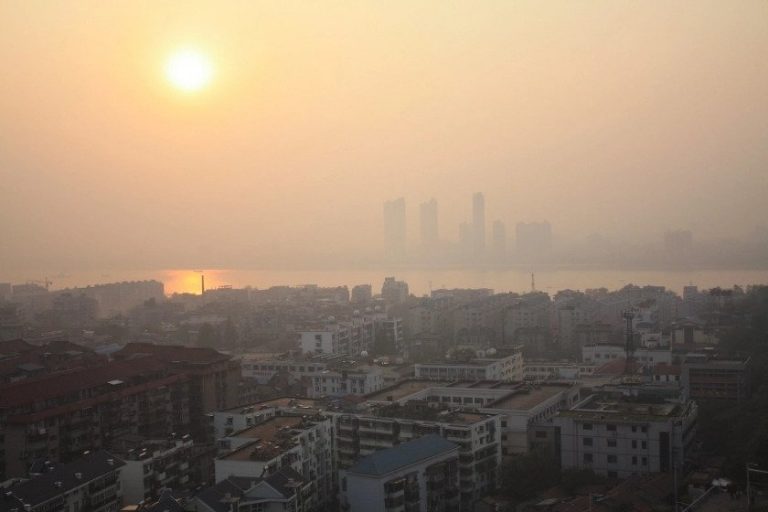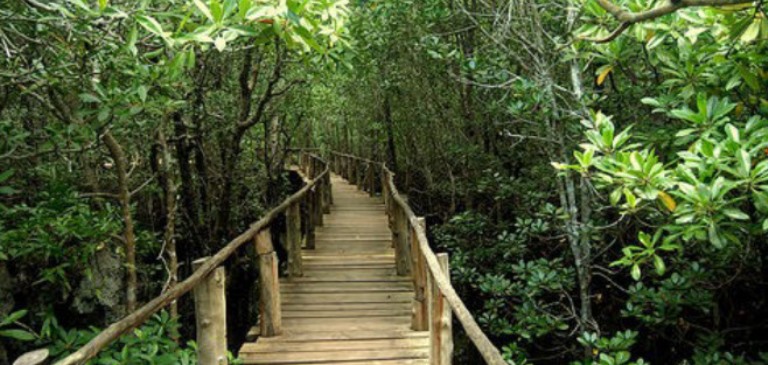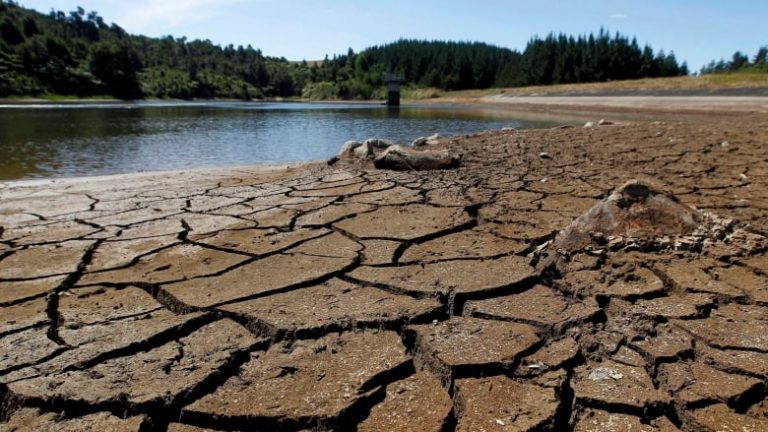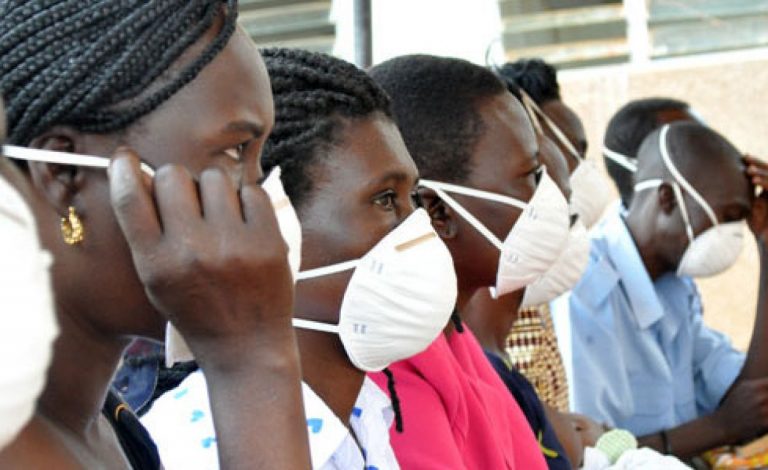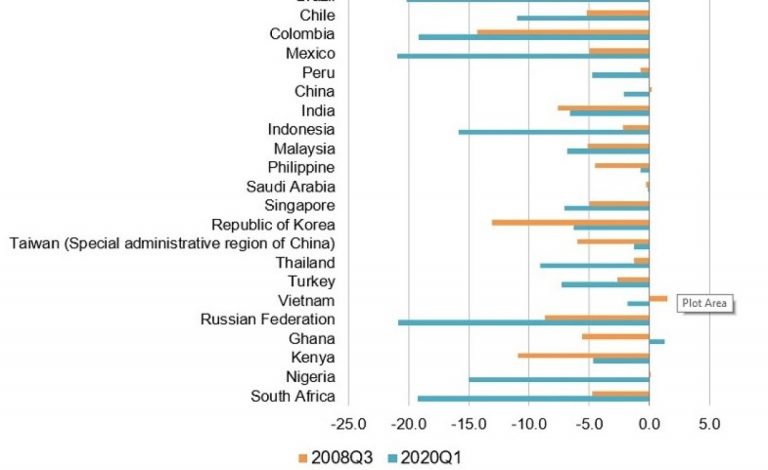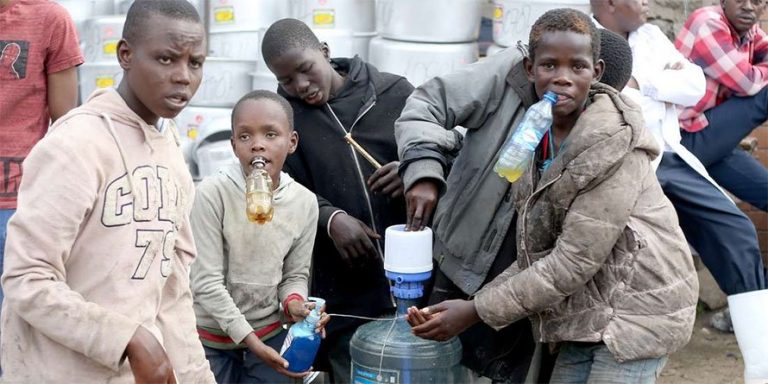Water is one of the four elements of nature crucial for food security, energy production,
economic development and poverty reduction.
But water can
equally be deployed as ammunition in the fight against climate change, when
harnessed and managed in a sustainable way.
This is according to the World Water Development Report 2020 produced by the United Nations Educational, Scientific and Cultural Organisation (Unesco). The report explores the linkages between water and climate change and calls for a recalibration in the way we use and reuse the earth’s limited water resources.
About one million
animal and plant species are facing extinction with freshwater species having suffered
the greatest decline, falling by 84 percent since 1970, according to the UN
study. Further, around four billion people currently experience severe water
scarcity for at least one month per year, on account of climate crisis which is
projected to hit poor countries the hardest.
“Specific
water management interventions such as wetland protection, conservation
agriculture and other nature-based solutions can help to sequester carbon in
biomass and soils, while improved wastewater treatment can help reduce
greenhouse gas emissions while supplying biogas as a source of renewable
energy,” Audrey Azoulay, director general of Unesco says in the report.
“Climate change
affects ecosystems, human societies and economies in a variety of ways, and
water is the primary medium through which these impacts are felt. In some
cases, these impacts are clearly obvious – for example through the increasing
frequency and intensity of storms, floods and droughts.”
Global water use
has increased by a factor of six over the past 100 years and continues to grow
steadily at a rate of about one percent per year. This is as a result of
increasing population, economic development and shifting consumption patterns.
Climate change,
blamed on higher emissions of greenhouse gases from fossil fuels, is
manifesting itself in extreme events such as heatwaves, unprecedented
rainfalls, thunderstorms and storm surge events.
“Water quality
will be adversely affected as a result of higher water temperatures, reduced
dissolved oxygen and thus a reduced self-purifying capacity of freshwater
bodies. There are further risks of water pollution and pathogenic contamination
caused by flooding or by higher pollutant concentrations during drought,” says
the study.
The Paris-based Unesco
proposes a range of strategies for climate change adaptation and disaster risk
reduction strategies, including hard (structural) and soft (policy instruments)
approaches.
Hard measures
include enhanced water storage, climate-proof infrastructure, and crop resilience
improvements through introduction of flood- and drought-resistant crop
varieties. On the other hand, soft measures include flood and drought
insurance, forecasting and early warning systems, land use planning, and
capacity building (education and awareness).
“Hard and soft
measures often go together. Urban planning, for example, can help increase
resilience to flood risks by featuring drainage systems that provide spaces to
safely collect and store floodwater. The city thus acts as a ‘sponge’, limiting
surges and releasing rainwater as a resource,” Unesco says in the report.
“Modern
communication methods such as social media and mobile phone services provide
significant opportunities to help improve communication and early warning
effectiveness. Drought and flood monitoring systems are also an important
component of risk reduction.”
Across the world,
freshwater resources are increasingly polluted with organic waste, pathogens,
fertilizers and pesticides, heavy metals, and emerging pollutants. Water
pollution by organic matter is growing because of increasing municipal and
industrial wastewater discharge, the intensification of agriculture (including
livestock farming) and reduction in river dilution capacity due to decreasing
runoff and water extractions.
“Dams, often built for hydropower as a mitigation measure to reduce greenhouse gas (GHG) emissions by substituting fossil-fuel powered energy production, can also contribute to flow regulation, flood control and availability of water for irrigation. However, reservoirs can ‘consume’ much water through evapotranspiration and under certain circumstances be net emitters of GHGs. Moreover, poorly designed and/or managed hydropower plants may cause negative ecological impacts on existing river ecosystems and fisheries, and social disruption and human rights violations, among others.”
Read also: Kenya: Why Masinga Hydropower Dam Should Be Desilted



